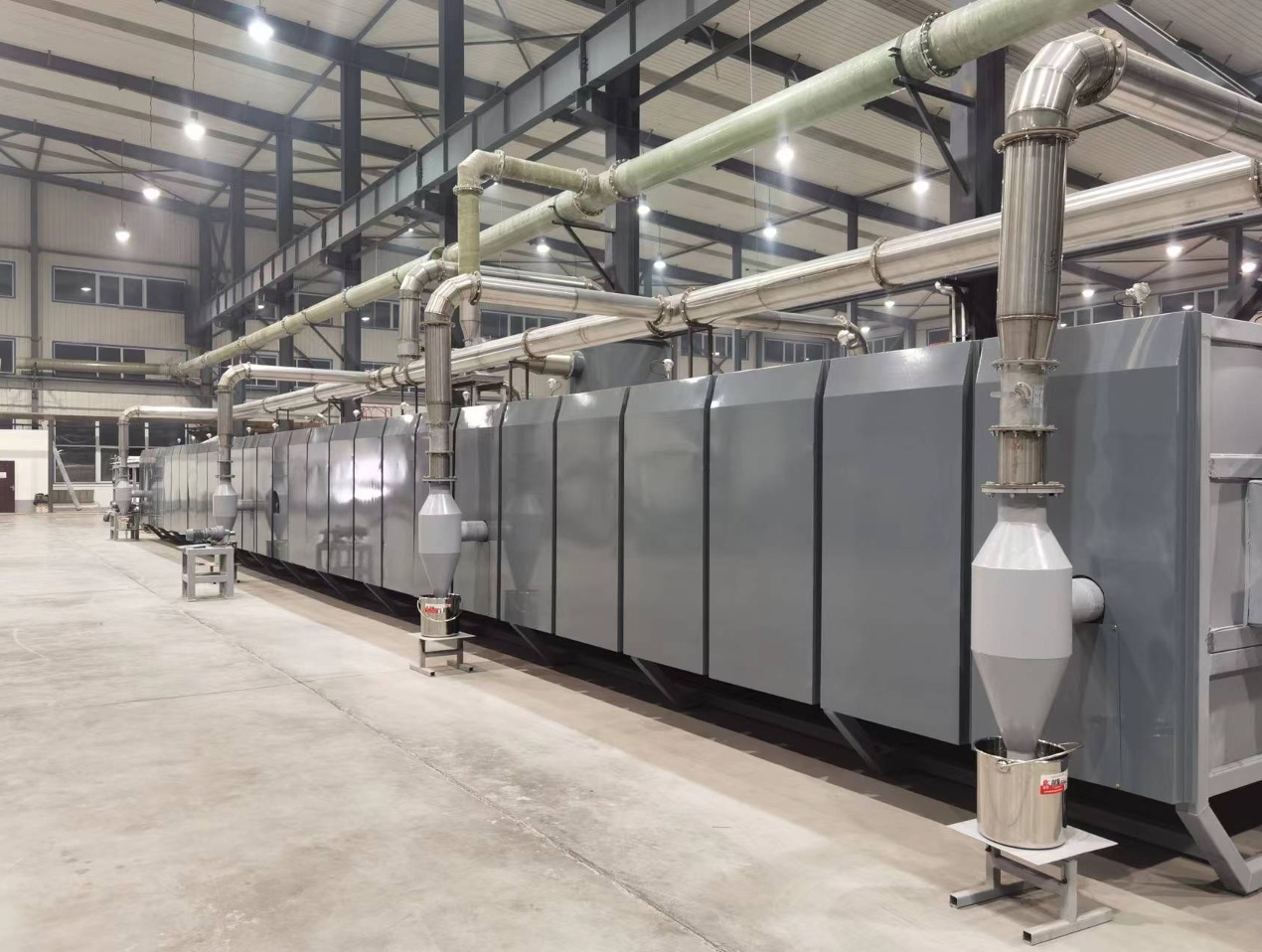





Carbon fiber is made from polypropylene fiber, asphalt fiber and phenolic fiber as raw materials. Two most important processes are pre-oxidation and carbonization. Impurities except carbon will be removed during these process to achieve a carbon content of over 95%. This article introduces the changes in physical properties during the pre-oxidation process of carbon fiber production.
During the pre-oxidation process, there are two types of shrinkage: physical shrinkage and chemical shrinkage. In the thermal oxidation environment, the Brownian thermal motion of large molecular chains accelerates, and segments or links need to be oriented, resulting in more conformations and placing them in a thermodynamically stable state. This physical shrinkage mostly occurs below 200°C, and tension must be tightened to suppress shrinkage, otherwise the fibers will become loose and lack strength. Even if stretching measures are implemented, there is still a need to de orient them.
Temperature and temperature gradient are the main process paramaters of pre-oxidation, which have attracted much attention. They can be roughtly divided into two types: low-temperature slow pre-oxidation and high-temperature rapid pre-oxidation. In the 1990s, low-temperature slow pre-oxidation was commonly used, and currently, high-temperature rapid method is mostly used. Physical changes mainly occur before 200°C, and chemical changes mainly occur above 200°C.
The decrease in fiber strength occurs during the pre-oxidation process, and the tensile strength of the original fiber gradually decreases as the pre-oxidation proceeds. This is because the side chain cyanide group is converted into a trapezoidal structure, which significantly reduces the high density of cohesive energy between the macromolecular chains. In addition, the pyrolysis of the macromolecular chains leads to a decrease in tensile strength, and the degree of decrease in tensile strength depends on the aromatizatin index. Generally speaking, after pre-oxidation treatment, the tensile strength of the fiber is almost reduced to half of its original value, and this strength will be improved in subsequent processes.
The change in density, with the occurrence of pre-oxidation reaction, gradually increases the fiber density. The main reasons are: 1) the content of hydrogen gradually decreases, the amount of bound oxygen gradually increases, and oxygen with larger molecular weight gradually replaces hydrogen; 2) The reduction in the length of moleculalr lines leads to an increase in density; 3) Traciton force causes longitudinal elongation and radial contraction of fibers, promoting an increase in density; 4) The cross-linking and condensation between molecules convert the secondary valence bond force (van der Waals force) into valence bond force.
Pre-oxidation is just one step in the manufacturing process of carbon fiber, involving a lot of knowledge. For the entire process of pre-oxidation of polypropylene based carbon fiber, those interested can read the article "Pre-oxidation Process of Polypropylene based Carbon Fiber". For more knowledge about carbon fiber, follow the official website of MANMU.

No. 1800, Xuefu Road, Jinshan District, Shanghai
151946565@qq.com
+86 13911360732
+86 13911360732
No. 1800, Xuefu Road, Jinshan District, Shanghai
151946565@qq.com
+86 13911360732
+86 13911360732